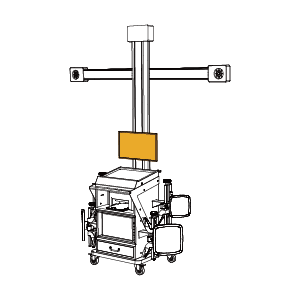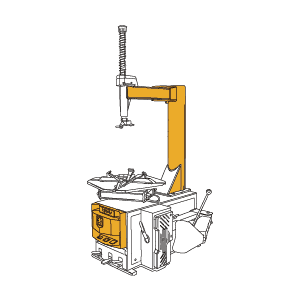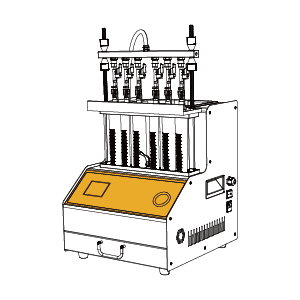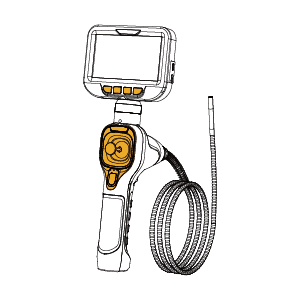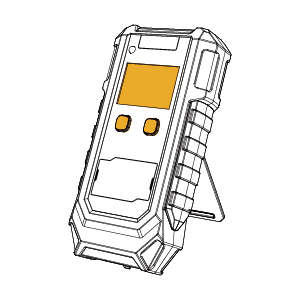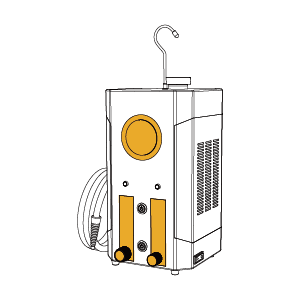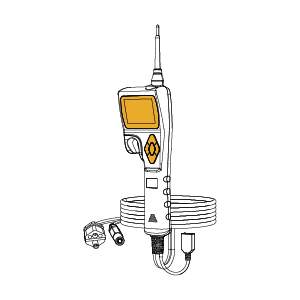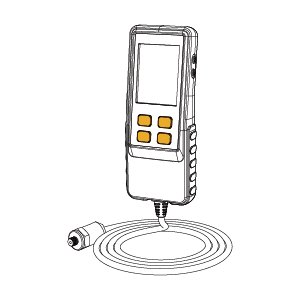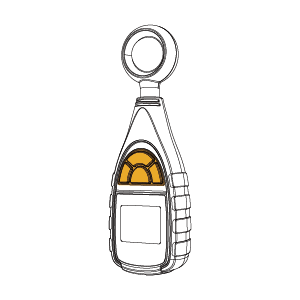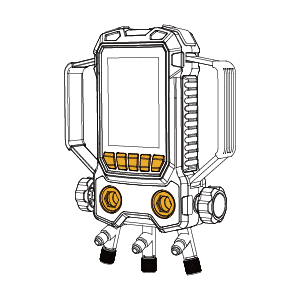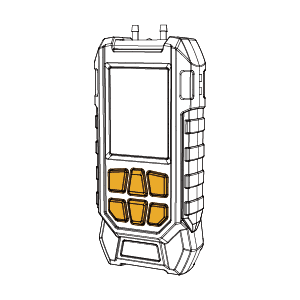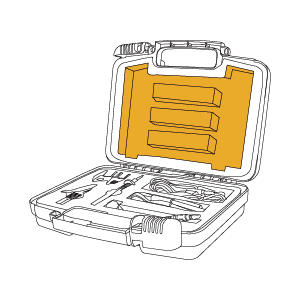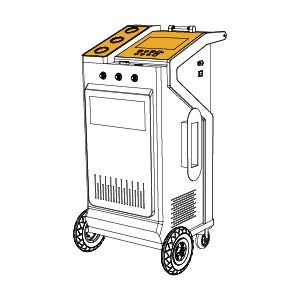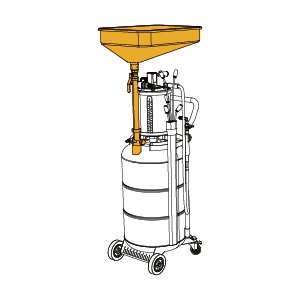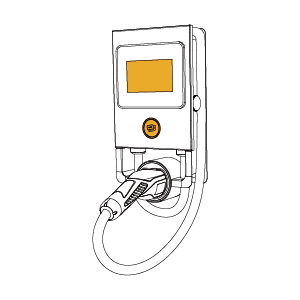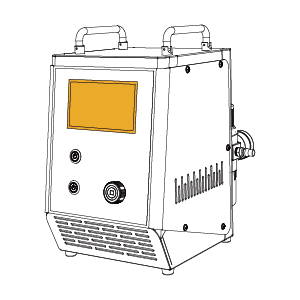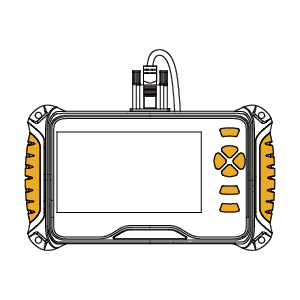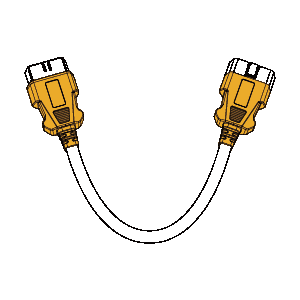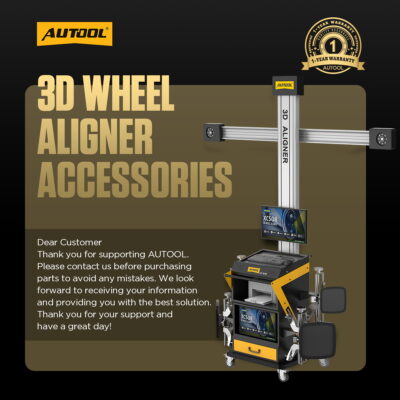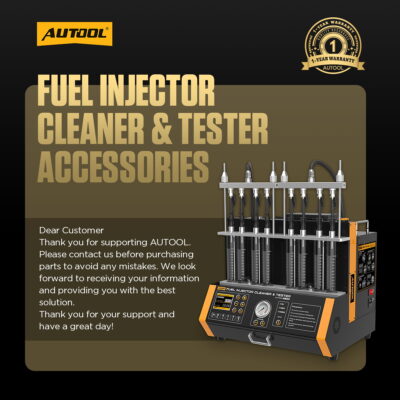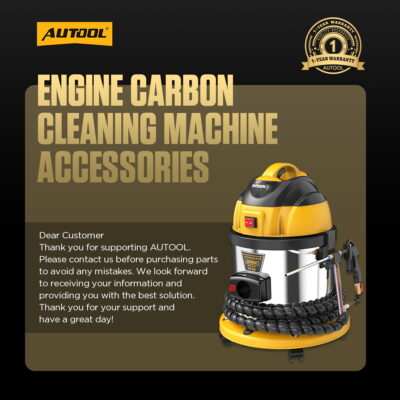Uncategorized
Car Engine—— The Heart of the Car Revealed!
Components of Basic Car Engine Construction
Cooling system
Lubrication system
Fuel supply system
Ignition system
Priming system
Engine Maintenance Essentials
From the above car construction, we can note the points of daily maintenance of the car engine:
- Regular replacement of lubricating oil
- Check the cooling system and replace the coolant regularly
- Clean the throttle, intake manifold, combustion chamber, and injector carbon deposits
- Regular replacement of air filters
- Pay attention to the maintenance of the ignition system
- Regularly check the fuel system
New car engine technologies and trends
As the “heart” of the automobile, the engine relies on a high degree of coordination of all systems. However, traditional engines are constantly evolving and being upgraded as technology advances and environmental demands increase.
In the automotive field, turbocharging and mechanical supercharging are two common types of supercharging. Compared with mechanical supercharging, turbocharging does not consume engine power and is therefore widely used in some high-performance vehicles. Both have their advantages and disadvantages, with turbochargers having an advantage in terms of cost and responsiveness, while mechanical superchargers are more stable in terms of power output.
Turbocharging vs. mechanical supercharging
- A turbocharger consists of a turbine and a pressurizer. When exhaust gas passes through the turbine, the turbine rotates, which in turn rotates the pressurizer, which compresses the air and sends it into the engine, enabling the engine to burn more fuel and increase the engine’s power. Turbochargers are relatively simple and low-cost, but they take some time to build up pressure, so there may be turbo lag at low speeds.
- Mechanical supercharging utilizes the power of the engine to drive the compressor to rotate, compressing the air and feeding it into the engine to increase the engine’s power. Mechanical superchargers are relatively complex and costly, but are more responsive and provide better power response.
Hybridization and Electrification Trends
Construction characteristics of hybrid engines
There are various kinds of hybrid cars, what we call hybrid cars mostly refer to the car using gasoline drive and electric power drive two drive methods, the key is the hybrid power system, its performance is directly related to the hybrid car performance of the whole car.
HEVs, or hybrid cars, use a combination of batteries and gasoline for power. The batteries, typically high-power lithium-ion or nickel-metal hydride, or sometimes supercapacitors, mainly power starting and acceleration. These cars rely on regenerative braking to recharge the batteries, rather than charging them externally. The battery capacity is usually around 10 Ah.
PHEVs, or plug-in hybrid vehicles, have battery capacities ranging from 30 to 60 Ah. These vehicles can travel 50 to 80 kilometers on battery power alone, with the rest of the journey relying on gasoline. The battery must meet both EV (electric vehicle) and HEV (hybrid vehicle) power requirements. You can charge the battery at home using a power supply, usually under 10A, which results in a longer charging time. Alternatively, using high-current charging can reduce the charging time to 10 to 30 minutes, but this requires specialized charging facilities.
In conclusion, a hybrid drive connects in three ways: parallel, series, and hybrid connection within the system assembly. The construction and working principle of the connection methods are different, we will explore the difference of hybrid drive in depth in the third article, please stay tuned.
The Future of Conventional Engines in the Face of Electrification
concluding remarks
As the “heart” of an automobile, the engine’s complex and precise structure and efficient operation principles reflect the wisdom of modern engineering. From the core structure to the emerging technology, to the daily maintenance points, each part is related to the performance and life of the engine. Through scientific maintenance and the application of new technologies, we can not only extend the service life of the automobile engine but also enhance the driving experience, while responding to the trend of environmental protection and promoting the sustainable development of the automotive industry.
The secrets of the automotive engine go far beyond this, and its evolution and future development direction are still writing a new chapter. We look forward to more innovative technologies to inject new vitality into the automotive powertrain and hope that every car owner can better understand and take care of their cars so that the engine is always in the best condition to accompany you along the way.




